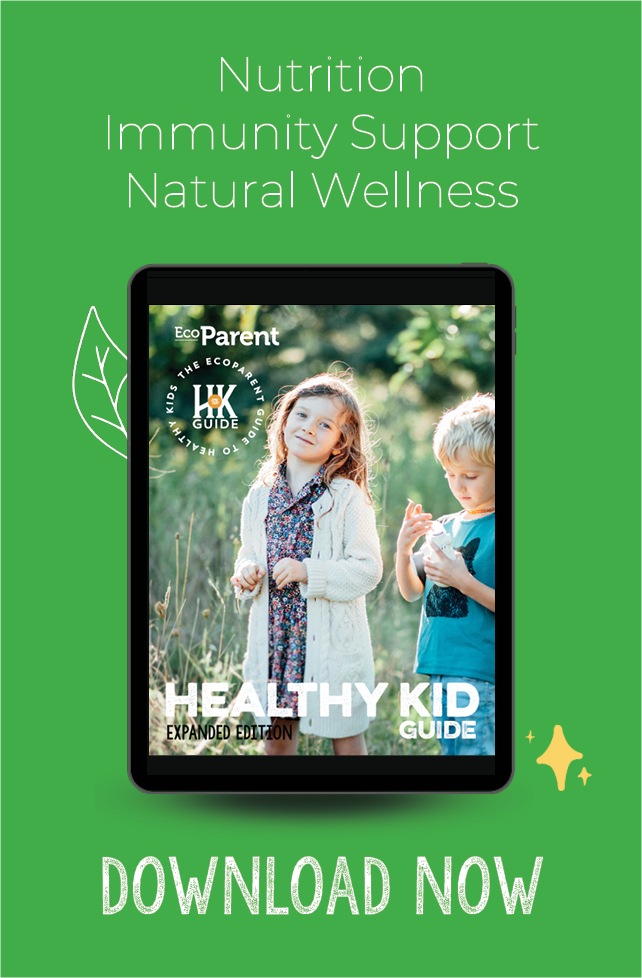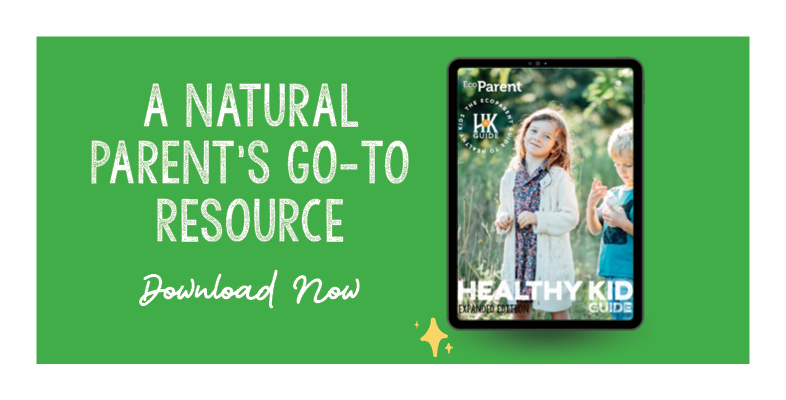When most people come in for a treatment with a Traditional Chinese Medicine (TCM) practitioner, they’re often receiving a combination approach. Some clinics structure their sessions primarily around acupuncture, while others weave different TCM modalities together to create a more integrated experience. It depends on the expertise of each practitioner and/or the community's needs. In TCM, a single visit might include acupuncture alongside therapies such as cupping, tui na massage, moxibustion, herbal therapy, food therapy, meditation, and sometimes qi gong or tai chi practices. These therapies work in harmony to support your health in a holistic and personalised way.
Because each practitioner has a unique background, an acupuncturist may also hold certifications in other therapies that can benefit your health, such as yoga instructor, counselling, manual osteopath, and more. During your treatment, each modality is chosen to support your main reason for coming in, so not every therapy is used all at once. Instead, they are layered strategically over time to help you reach your goals. Another benefit of this versatility is that people often have preferences; some love cupping or massage, while others prefer not to have needles but still want to receive the benefits of TCM.
MOXA
Moxibustion, for example, involves burning aged and flossed mugwort near or on acupuncture points to stimulate energy flow. Moxa sticks are rolled for ease of application and controlled heat, allowing them to be held over points or moved along meridians. Loose moxa can be rolled into cones and placed on mediums like ginger slices, salt, or herbal cakes, each of which adds its own therapeutic effects. Rice-grain moxa is rolled into tiny pieces and applied with a protective ointment directly to the skin over an acupuncture point for stimulation. Smokeless moxa, made from compressed charcoal, is used when traditional moxa is not advised as a course of treatment or cannot be ventilated well, producing minimal smoke and scent. Moxa can also be bundled onto acupuncture needles to direct heat into specific points, or placed inside moxa boxes positioned over the belly or back to diffuse warmth safely and evenly. This therapy is incredibly versatile, used to treat digestive issues, menstrual pain, low energy, joint problems, and pain, and to support immune health, among other uses and conditions.
TUI NA
Tui na is a form of therapeutic massage rooted in TCM, using techniques such as pressing, grasping, rubbing, and tapping with hands to stimulate meridians, organs, and tissues. Tui na can be both diagnostic and therapeutic. It’s beneficial in treating musculoskeletal conditions like frozen shoulder, tennis or golf elbow, and migraines. It can also support gynecological health, easing PMS or menopause symptoms, and help break up phlegm in respiratory conditions (tapping back with cupped hands in a strategic pattern). Beyond treating specific ailments, tui na releases fascia, reduces tension, nourishes the body, improves circulation of blood and energy, and promotes overall relaxation.
GUA SHA
Gua sha combines the concepts of “gua,” meaning to scrape, and “sha,” meaning to bring to the surface. It is a scraping technique used to relieve muscle tension, stimulate acupuncture points, and promote circulation. Gua sha can also help release what is called “wind” in TCM—a diagnostic concept that is used for some colds and flus. In these cases, gua sha may be used to release the pathogen to the exterior before it penetrates deeper into the body; however, proper diagnosis from a qualified practitioner is always recommended. Gua sha tools can be made of stone, animal horn, ceramic, or even household items like spoons or jar lids. Facial gua sha, which gently sculpts and drains lymph, has become popular in recent years in North America but has long been used in Eastern traditions for its rejuvenating benefits.
CUPPING
Cupping therapy uses suction rather than pressure to increase circulation in tissues, easing pain and stagnation. Many people think of cupping as stationary cups placed with medium to deep suction, often leaving circular marks that look like bruises. These bruises are called “sha.” They can be a diagnostic tool indicating excess or deficiency, or showing where blood is stagnating. This helps practitioners confirm or refine a diagnosis and guide next steps in treatment. Moving the cupping is another approach, where oil is applied to the skin and the cup is moved around with varying suction and speeds. Faster movements with medium suction can leave marks and clear stagnation, while lighter suction with slower movements feels more relaxing, increasing circulation and calming the nervous system. Practitioners choose the method based on your condition and constitution. On days when someone feels very weak, cupping might be avoided, as it can be too strong. Your practitioner will explain what is appropriate for you at each session. During pregnancy, cupping is generally avoided unless performed by a practitioner with specific training, who can assess when or if it is suitable during such a delicate time.
HERBAL THERAPY
Herbal therapy is another pillar of TCM. Herbal formulas are prescribed by Registered TCM Practitioners to complement external treatments with internal support. These formulas can prevent or treat illnesses such as colds and flus, relieve pain, improve gynecological health, support sleep, ease headaches, strengthen digestion, and nourish overall vitality. However, herbal therapy requires proper diagnosis and should only be prescribed by qualified practitioners trained to create tailored formulas specific to your constitution and needs.
FOOD THERAPY
Food therapy is another common recommendation in TCM. Like herbal therapy, it uses nature’s resources to support health, but with the foods you eat daily. Dietary recommendations may be designed to nourish your constitution long-term or to address a situational need, such as having a specific soup or congee when unwell. Food is medicine in TCM, and what you eat, or what you avoid, can make a significant difference in your ongoing care and overall vitality.
ADDITIONAL MODALITIES
Practices such as meditation, qi gong, tai chi, breath work, and yoga may also be included in treatments or prescribed as self-care, depending on the certification and scope of practice the practitioner offers. In TCM, the mind and body are deeply connected; what affects one influences the other. Incorporating these practices can enhance treatment results, support mental health, improve coping skills, and empower you to care for yourself between sessions and throughout life. They help regulate the nervous system, build strength and balance, and foster a sense of well-being.
In addition to these core TCM therapies, many practitioners bring unique offerings. For example, some may include red light therapy, Reiki, astrology, or sound healing in their treatments. Other practitioners may offer craniosacral massage, counselling, or other modalities, depending on their extended training, certification, and practice focus. The diversity of these approaches creates a unique healing experience with each practitioner, integrating their skills to support your health in ways that align with your goals, preferences, and needs.









